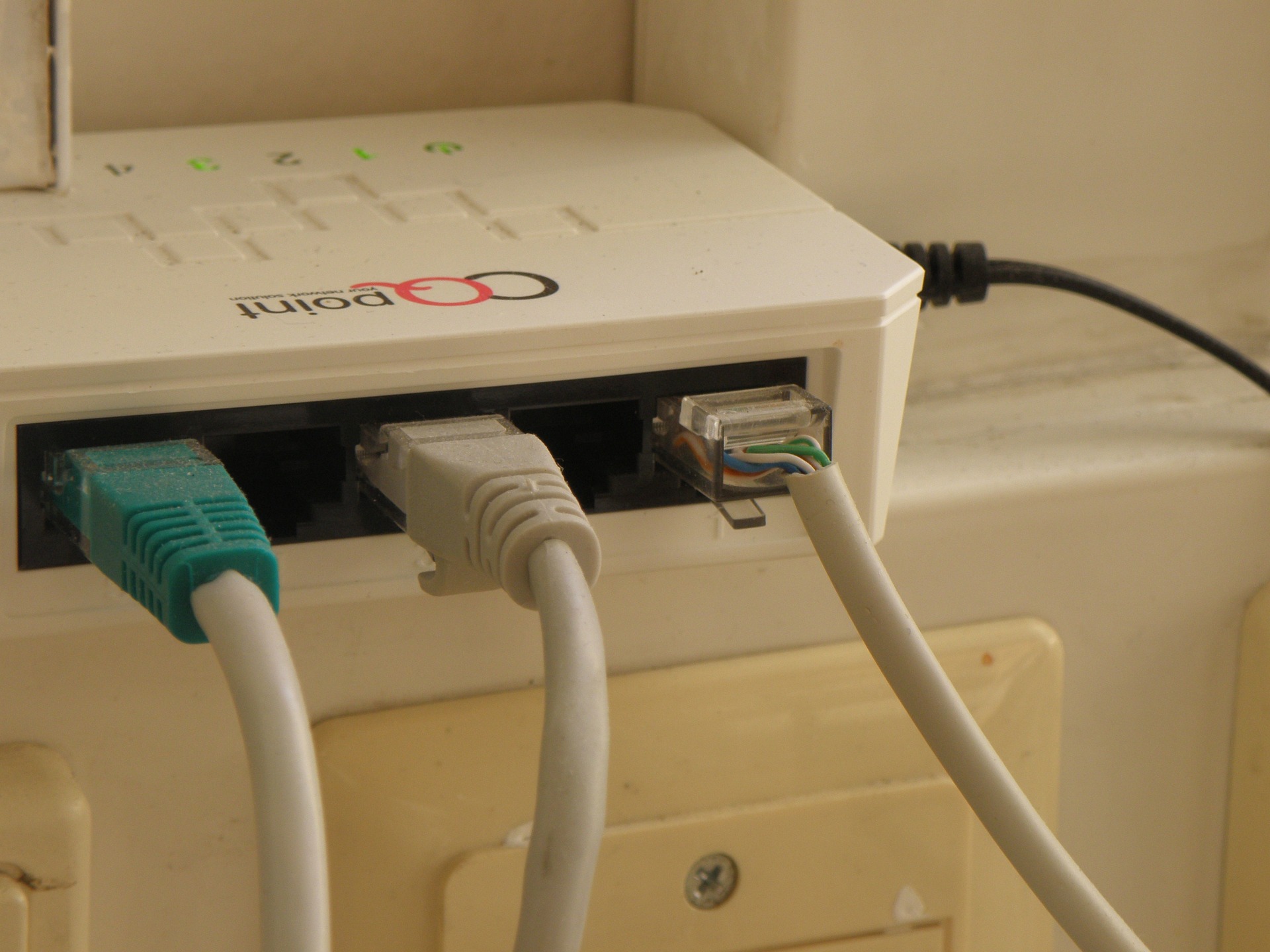Decoding the Dynamic Role of Telecom APIs in Modern Connectivity
The telecommunications industry has an unsung hero that's been quietly revolutionizing how businesses operate and people connect – Telecom Application Programming Interfaces (APIs). These powerful tech tools are the frameworks that enable software applications to interact and share data, acting as the bridge between diverse systems.

Origins and Evolution of Telecom APIs
Diving into the historical context, telecom APIs were born out of the need for greater interactivity between different software systems. Initially, these interfaces were mostly proprietary, with businesses creating specific APIs for their unique needs. However, as technology evolved and the internet became a global phenomenon, the need for standardized APIs that could work across various platforms became apparent.
The Current Scenario: Growing Importance and Uses
In today’s interconnected world, telecom APIs have become a crucial part of the digital landscape. They’re now used for a variety of applications, from enabling voice and video calls over the internet to facilitating mobile payments and messaging services. Moreover, they’re increasingly being adopted by businesses to improve customer experiences, streamline operations, and drive innovation.
Impact and Challenges of Telecom APIs
Telecom APIs have a profound impact, enabling companies to expand their services and reach a larger audience. They also allow for rapid innovation and adaptation to changing market needs. However, with these benefits come challenges. Security is a significant concern, as APIs can potentially expose sensitive data. There’s also the issue of maintaining compatibility and interoperability across different platforms and systems.
Harnessing the Potential: Practical Applications of Telecom APIs
Despite the challenges, there are many practical applications of telecom APIs. For instance, they’re used in customer service to automate responses and handle high volumes of queries. They’re also leveraged in marketing, enabling personalized communication and targeted promotions. Furthermore, telecom APIs play a critical role in the development of new digital services, such as mobile banking, remote healthcare, and smart home applications.
In conclusion, telecom APIs may not be a headline-grabbing topic, but their influence on modern connectivity is undeniable. As we continue to navigate the digital age, their role is only set to increase, shaping our digital experiences and transforming how businesses operate.




